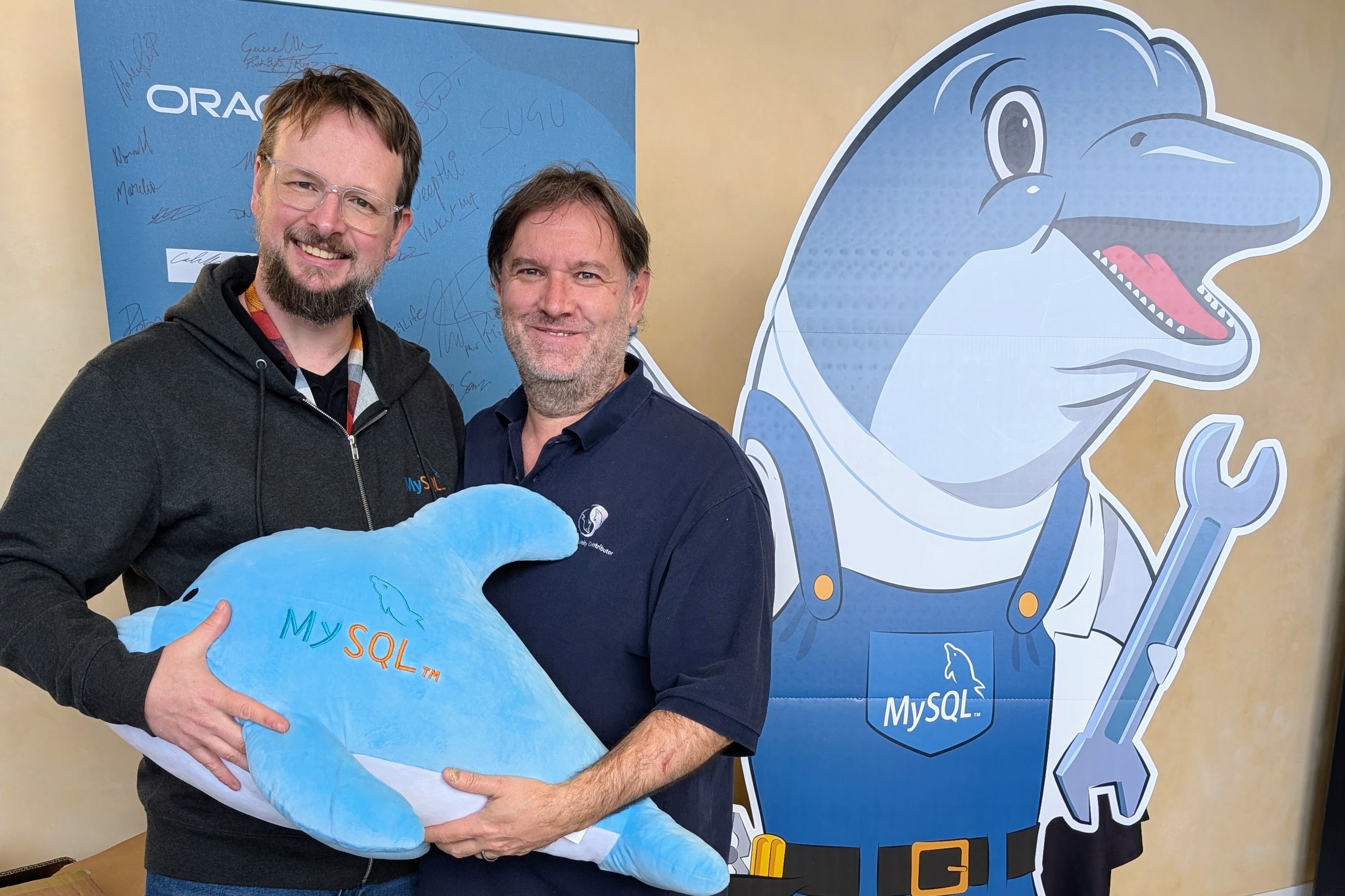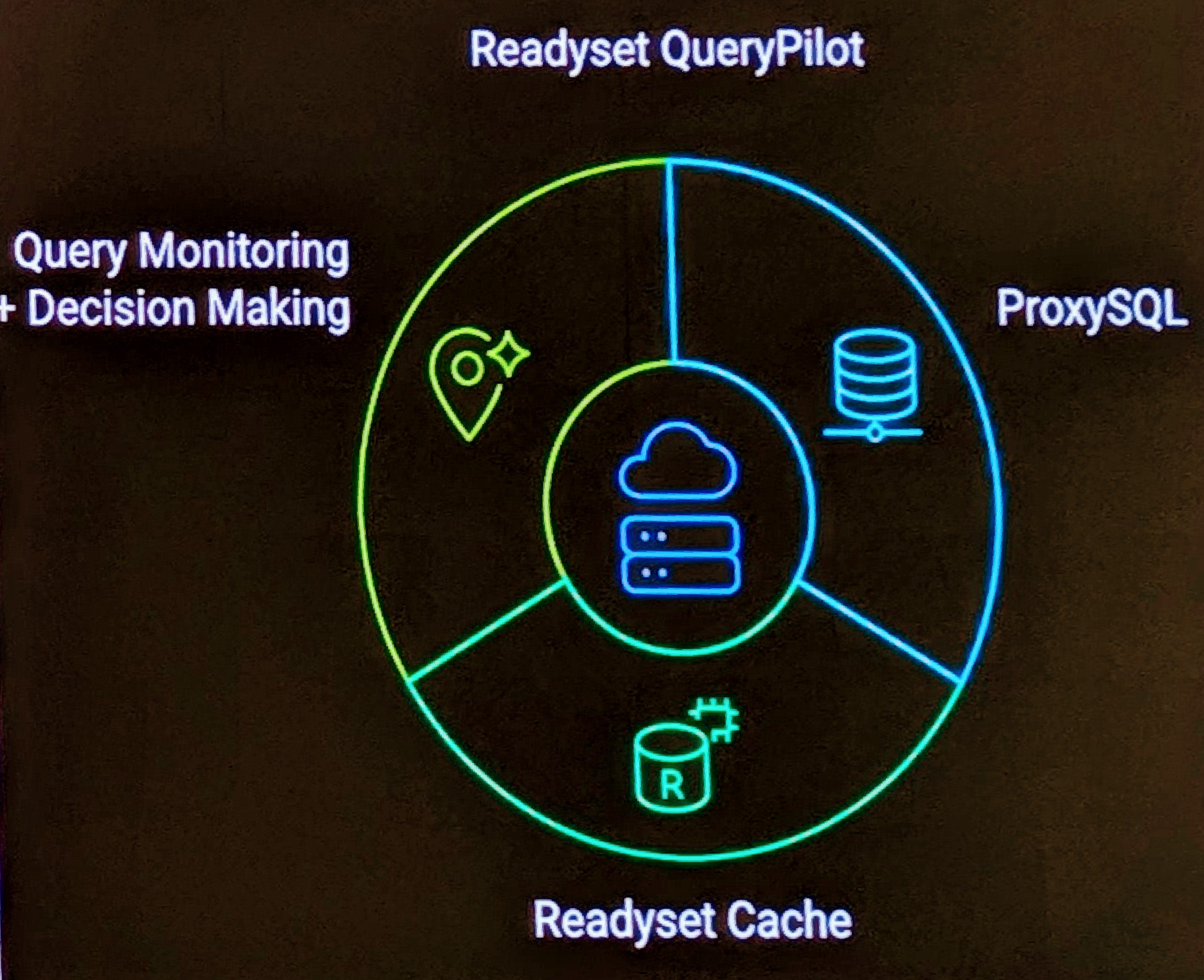This morning at <a href=““http://en.oreilly.com/oscon2008/">OSCON 08, Tim O’Reilly’s opening keynote Open Source on the O’Reilly Radar included a slide on Drizzle, giving this new project maximum exposure to the Open Source community.
Drizzle was only officially announced yesterday in Drizzle, Clouds, “What If?” by primary architect Brian Aker. Things move fast. There has been a number of comments from people yesterday including Mark Attwood , Monty Widenus ,Monty Taylor ,Ronald Bradford , Arjen Lentz , Lewis Cunningham , Jeremy Cole , <a href=“http://pbxt.blogspot.com/2008/07/drizzle-goes-back-to-roots.html>Paul McCullagh,451 Group ,Matt Asay , Assaf Arkin , SlashDot , Builder.au and MySQL HA .
The Drizzle Launchpad project has reached 5th on a Google Search .
Unfortunately, not all uptake and feedback was positive. The official Wikipedia page for Drizzle was marked for speedy deletion almost instantly, and within a few hours permanently deleted.


